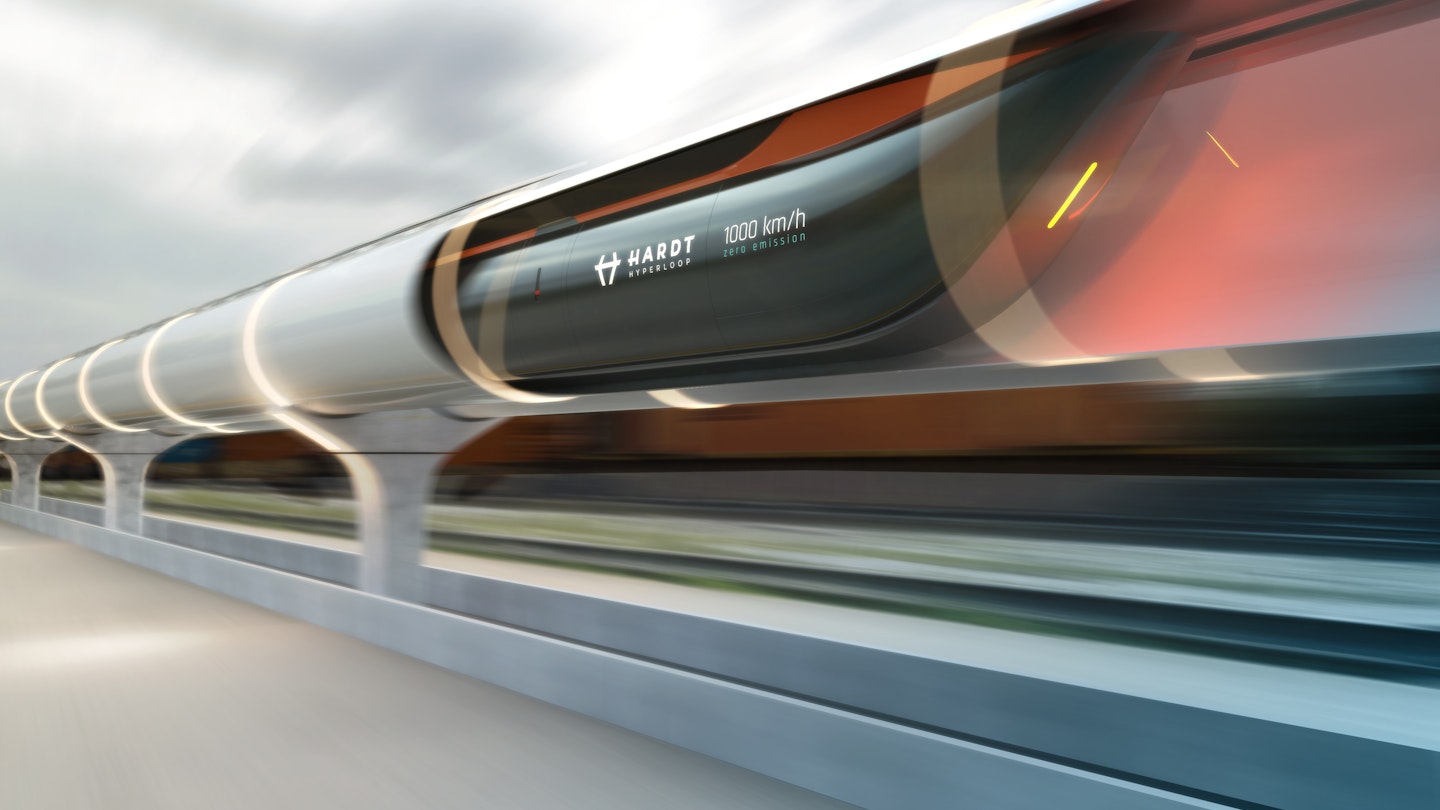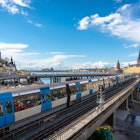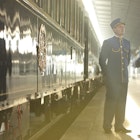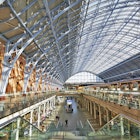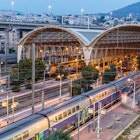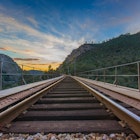Dutch company Hardt Hyperloop has announced the findings of a study that gives them hope that ultra-fast, low energy travel via high-tech, train-like systems could become a reality within the next eight years. According to the company, the model would make it possible for a traveller to get from Paris to Amsterdam in just 90 minutes.
A discussion is currently underway in the Netherlands, with the company identifying five potential Hyperloop routes that focus on maximising connectivity of the metropolitan area. A study looked at the impact of Hyperloop, focusing on accessibility, connectivity, and decongestion around the Amsterdam Metropolitan Area and to destinations beyond the country’s borders, with the results suggesting improved overland travel times with the new system.

“Hyperloop for passengers can become a reality as early as 2028. What makes it so unique is its high capacity, low energy use and high speeds that indeed shorten travel times substantially. A trip between Amsterdam and Paris, for example, will only be 90 minutes, while it will be just like catching a train,” a representative of Hardt Hyperloop told Lonely Planet.
The company also said that the realisation of the Hyperloop would bring about the creation of a new Daily Urban System, in which cities and regions would be connected to one another on both a national and international level. Within the Netherlands, the connections from Amsterdam to Groningen and Amsterdam to The Hague were studied. On an international level, the study focused on connections with Düsseldorf, Frankfurt and Paris.
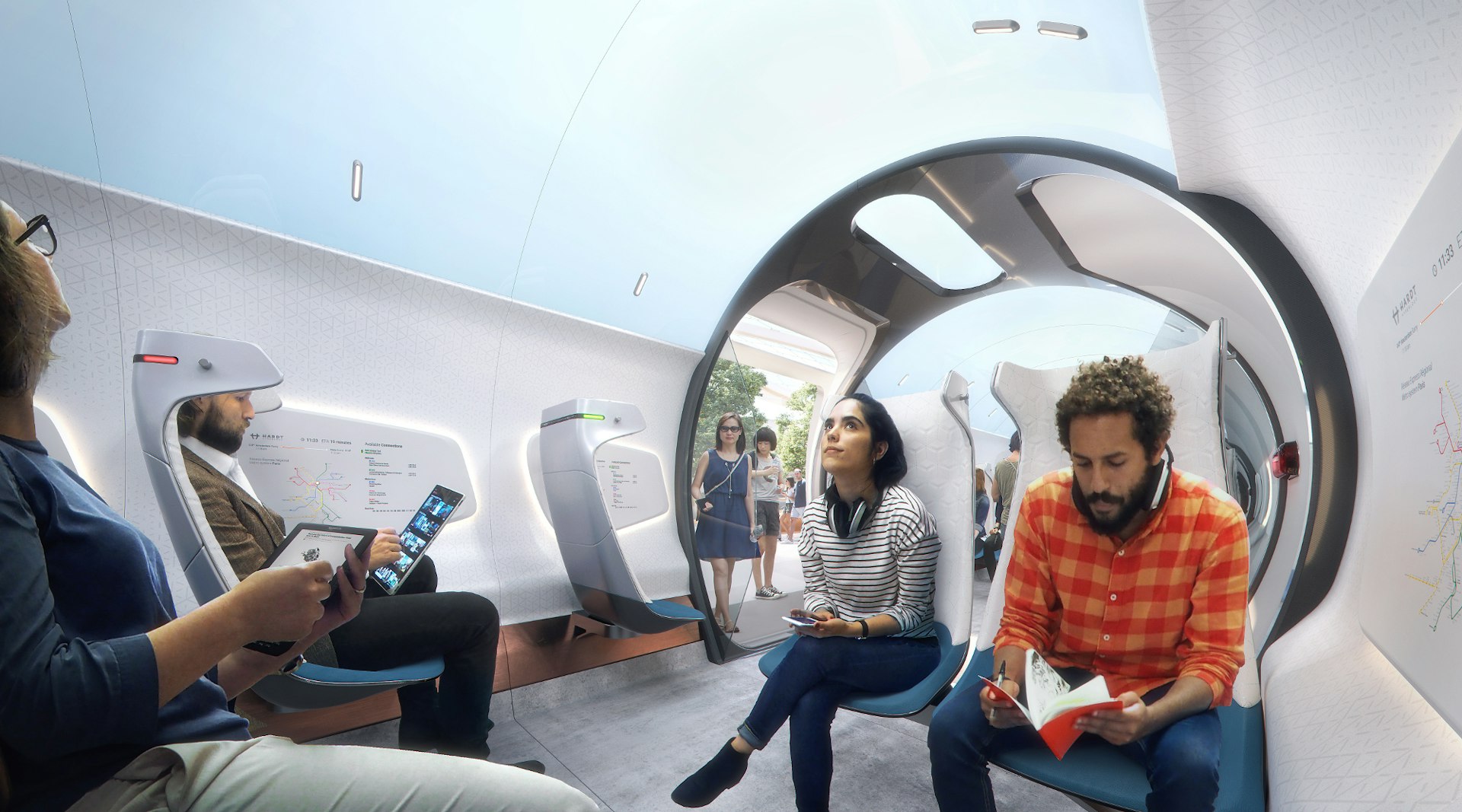
“A Hyperloop connection between Amsterdam and Eindhoven takes just 15 minutes. And Düsseldorf can be reached in less than half an hour. The perspective on home and work distances will be radically altered. The Hyperloop is especially perfect for international connections,” said Stefan Marges, Project Manager of Hardt Hyperloop:
Alongside that, the impact of the Hyperloop on short-haul flights and sustainability was also examined, suggesting that Schiphol could make a change to more eco-friendly international flights with Hyperloop covering more internal travel.
More information on Hardt Hyperloop is available at the official website.
